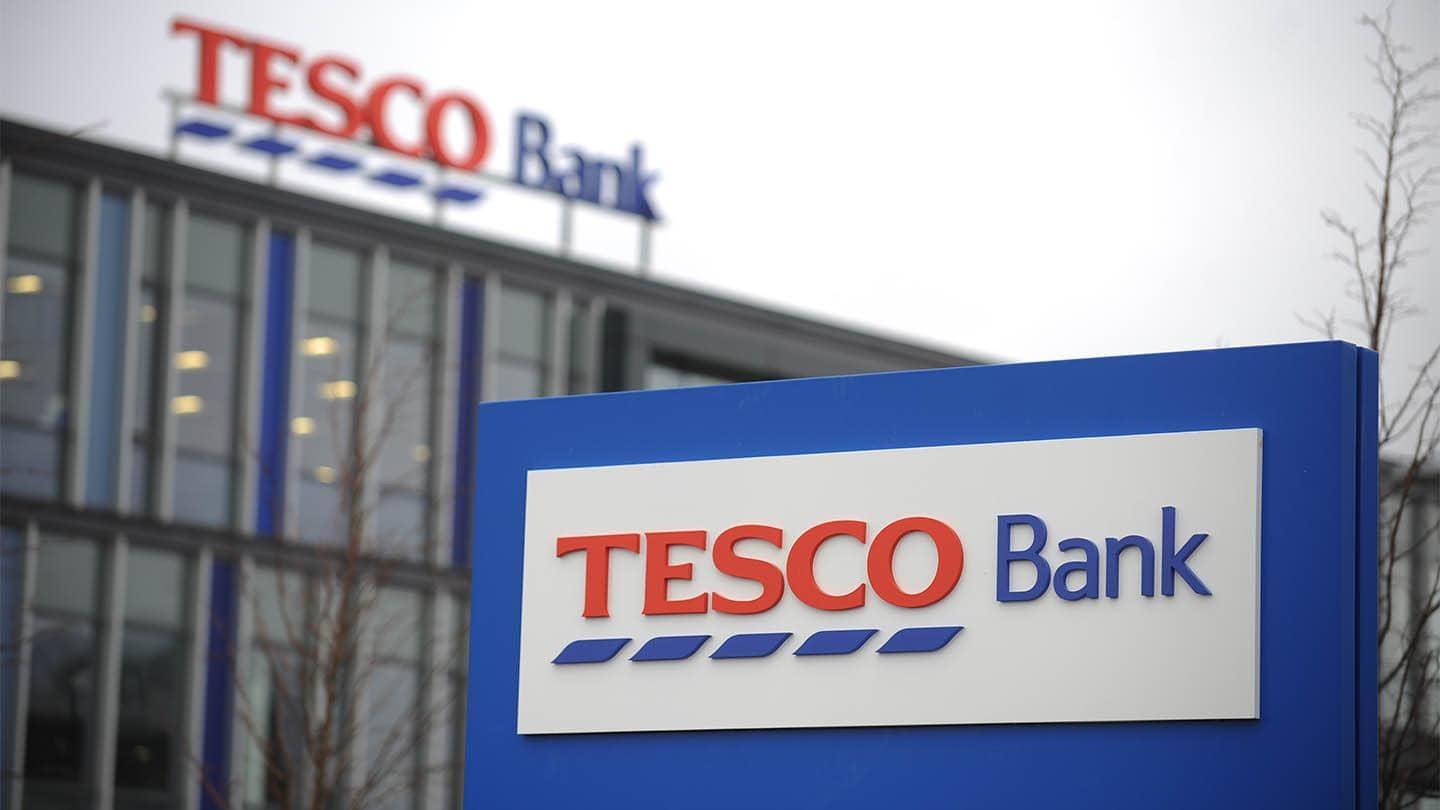In a groundbreaking and strategic move within the banking sector, Barclays has announced its £600m (approximately $757 million) acquisition of Tesco Bank’s retail operations.
The deal significantly impacts the UK banking landscape as Tesco Bank offloads its credit card, loans, and savings account services, streamlining its assets to focus on its core supermarket business.
As Barclays and Tesco forge a new decade-long partnership, the acquisition underscores a defining moment in the industry.
Massive Shifts in the UK Banking Landscape
Redefining their territorial presence, Tesco Bank has sold its retail banking operations to Barclays.
In this high-stakes transaction, the supermarket behemoth hands over its credit card, loans, and savings account services, while keeping a firm grip on insurance, ATMs, travel money, and gift cards.

As we usher in a new era of banking structures, this deal will reportedly affect approximately 2800 Tesco Bank employees who will now call Barclays their new home.
For Tesco’s loyal customers, no immediate actions are required, as the supermarket plans on making the transition as seamless as possible with proactive communication over the coming months.
Read More: Is It Smart To Receive Your Salary In Cryptocurrency?
Deal Insights and Impact
A partnership has also been forged, valid for an initial 10 years, through which Barclays will exploit the Tesco brand to market and distribute credit cards, unsecured personal loans, and deposits.
This move saved Tesco’s shares from an early fall, rallying by more than 2% in early trading. Meanwhile, Barclays shares are mildly appreciated.
This audacious deal spells a strategic improvement in Tesco’s financial landscape, buffering its ability to extend its primary retail business, affirmed by its CEO, Ken Murphy.
Also Read: Bitcoin Risks, Bitcoin Rewards
A Win for Shareholders: The Silver Lining
Shareholders emerge as the clear winners in this robust business move as the supermarket giant plans on returning a majority of the proceeds from the deal to them, including a projected special dividend of around £250m (approximately $315 million) paid last year in August by Tesco Bank.
Additionally, Tesco aims to liberate around £100m (around $126 million) currently reserved for regulatory reasons, further supplementing the return pool for shareholders.
Smoother Transition Imagined
This transition is being worked on meticulously by both parties to ensure minimal stumbles along the way.
To this end, Barclays plans on gradually integrating these new operations into its own business structure.
Barclays Group’s CEO, C.S. Venkatakrishnan, confidently stated, “This strategic relationship with the UK’s largest retailer will help create new distribution channels for our unsecured lending and deposit businesses.
We are able to bring our expertise in partnership cards developed over decades in the U.S. to enhance further the highly successful Tesco Clubcard loyalty scheme.”
A Calculated Business Move
Sophie Lund-Yates, lead equity analyst at Hargreaves Lansdown, conjectured that Tesco was simply honing its focus by this move, parting ways with operations requiring massive investment while retaining less demanding assets.

As an industry trend, other grocers might also follow suit, with Sainsbury’s already revealing its plans to wind down its banking operations to redirect its focus towards its core food business.
Conclusion
While the era of in-store networks fade into obsolescence, replaced by the rising dominance of app-based banks, supermarkets like Tesco are striving to ensure they remain competitive by focusing more on their core operations, was the conclusion reached by industry experts.
This dynamic reshuffling in the supermarket banking sector promises more twists and turns in the foreseeable future, shaping the industry for years to come.
Read Next: Financial Benefits of Blockchain to Musicians

A writer, editor, and publisher with a knack for crafting informative articles.

